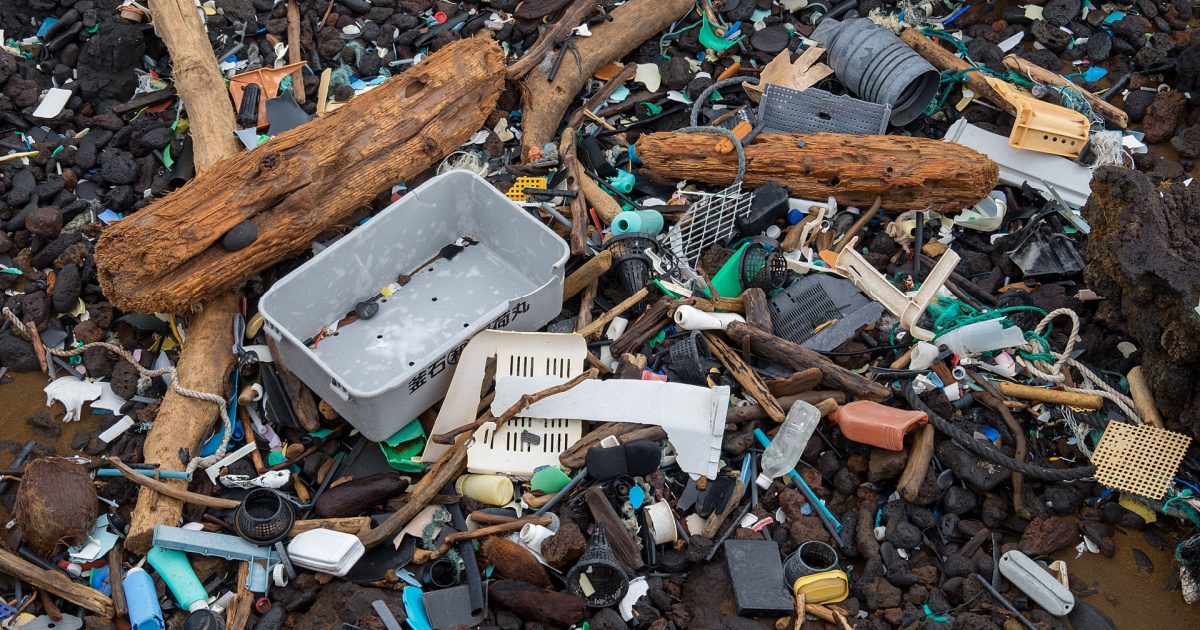
The fact that there is a miles-wide patch of garbage out there, littering the otherwise beautiful and serene ocean, is kind of sickening if you stop too long to think about it.
Scientists and environmentalists have been working on ideas for how they would get rid of it, or at least minimize it, for years.
They’ve had little to no real success, though.
This little fungus, though, is apparently out there chomping away.
The fungus is called Parengyodontium album, and according to this recent study, it was found among thin layers of other microbes that live in and around the floating pile of garbage.
Researchers say it’s the fourth known marine fungus capable of consuming plastic waste, specifically UV-exposed carbon-based polyethylene.
This is the most common type of plastic used to make consumer products like water bottles and grocery bags, and most of what makes up the Pacific Garbage Patch.
The study’s lead author, Annika Vaksmaa, issued a statement.
“It was already known that UV light breaks down plastic by itself mechanically, but our results show that it also facilitates the biological plastic breakdown by marine fungi.”
While this little fungus is doing it’s part, the oceans are so full of destructive plastic pollutants at this point that it could never keep up.
Environmentalists remain committed to the goal of removing plastic and unclogging waterways across the globe. As we mentioned at the top of this article, though, we haven’t been super successful in finding effective and safe ways of doing so.
So, it is exciting to find a natural lifeform that can speed up the process of degrading plastic.
Researchers grew P. album in a lab, and it broke down a piece of UV-treated plastic at a rate of around 0.05% a day for nine days. This means that as great as the find is, the fungus isn’t going to be able to get through millions of metric tons of trash on its own.
They’re also hopeful there could be more fungus out there like it, though, and that we could find a way to make it an ally.
“Marine fungi can break down complex materials made of carbon. It’s likely that in addition to the four species identified so far, other species also contribute to plastic degradation.”
I never thought I’d see the day we teamed up with a fungus.
It really just seems like one more sign that the planet is in a dire situation.
Thought that was fascinating? Here’s another story you might like: Why You’ll Never See A Great White Shark In An Aquarium